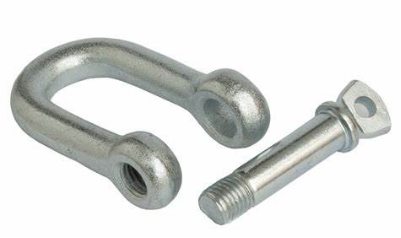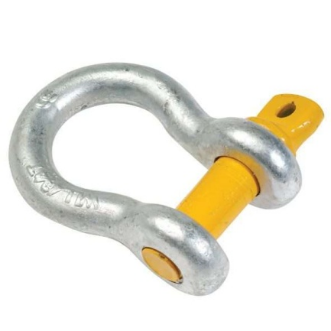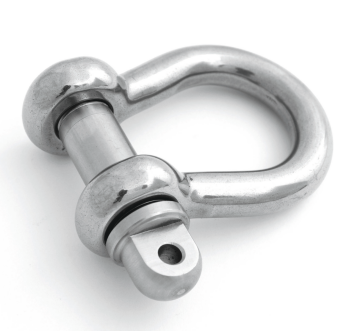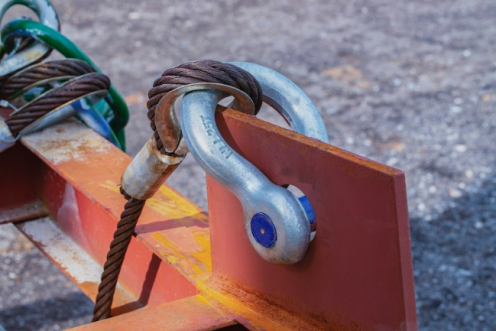1410, PARKSON, 44-60 ZHONGSHAN ROAD, QINGDAO, CHINA
In the world of rigging, construction, and many outdoor activities, the importance of a reliable shackle cannot be overstated. Shackles play a pivotal role in lifting, towing, and securing loads, making the selection of the right shackle critical for safety and efficiency. Our company offers a wide range of shackle products designed to meet various applications and challenges. This guide aims to navigate you through the essentials of shackles, ensuring you make an informed decision for your specific needs.
1. Understanding Shackles: Types and Materials
Shackles are versatile connectors made from a loop of metal secured with a pin or bolt across the opening. They come in various shapes, sizes, and materials, each tailored for specific loads, environments, and applications.
Types of Shackles
- D-Shackles (Dee Shackles): Characterized by their D-shaped design, these shackles are ideal for straight-line applications. They are commonly used where the load is strictly perpendicular to the pin.

-Bow Shackles (Omega Shackles): With a larger, more rounded O-shape, bow shackles accommodate wider straps or multiple load points, making them suitable for complex rigging scenarios.

Material Choices
- Carbon Steel: Known for its durability and strength, carbon steel is a standard choice for general applications. It provides a good balance between strength and cost.
- Alloy Steel: For applications requiring higher load capacities, alloy steel shackles offer enhanced strength and fatigue resistance. They are often used in lifting operations where safety and performance are paramount.
- Stainless Steel: Ideal for marine applications, stainless steel shackles resist corrosion and are suitable for exposure to water and harsh environmental conditions.

2. Selecting the Right Shackle
- Load Capacity: Working Load Limit (WLL): Always ensure the shackle's WLL is adequate for the task. Selecting a shackle with a WLL higher than your maximum load can provide an additional safety margin.
- Application Requirements: Consider the specific demands of your application, including environmental exposure, load type, and connection points. For instance, stainless steel may be preferable for marine applications, while alloy steel might be the choice for heavy industrial lifting.
- Safety and Compliance: Opt for shackles that meet or exceed industry standards and regulations. Certifications and quality marks indicate compliance and reliability.
3. Why Choose Our Shackles?
Our company stands at the forefront of shackle manufacturing, offering products that embody innovation, safety, and reliability.
- Quality Materials: We use only the highest grade materials, ensuring our shackles perform under the toughest conditions and last longer.
- Custom Solutions: Understanding that one size does not fit all, we offer custom solutions tailored to your specific needs.
- Expert Support: Our team of experts is always ready to provide advice, support, and answers to your technical questions.
4. Tips for Safe Shackle Use
To maximize safety and lifespan of your shackles, consider the following tips:
- Regularly inspect shackles for signs of wear, deformation, or damage.
- Ensure the pin is properly secured and the load is aligned with the shackle's axis.
- Avoid overloading, and always refer to the manufacturer's guidelines for usage and maintenance.

Find more information about shackle :
https://www.huahanmachinery.com/product/shackles.html